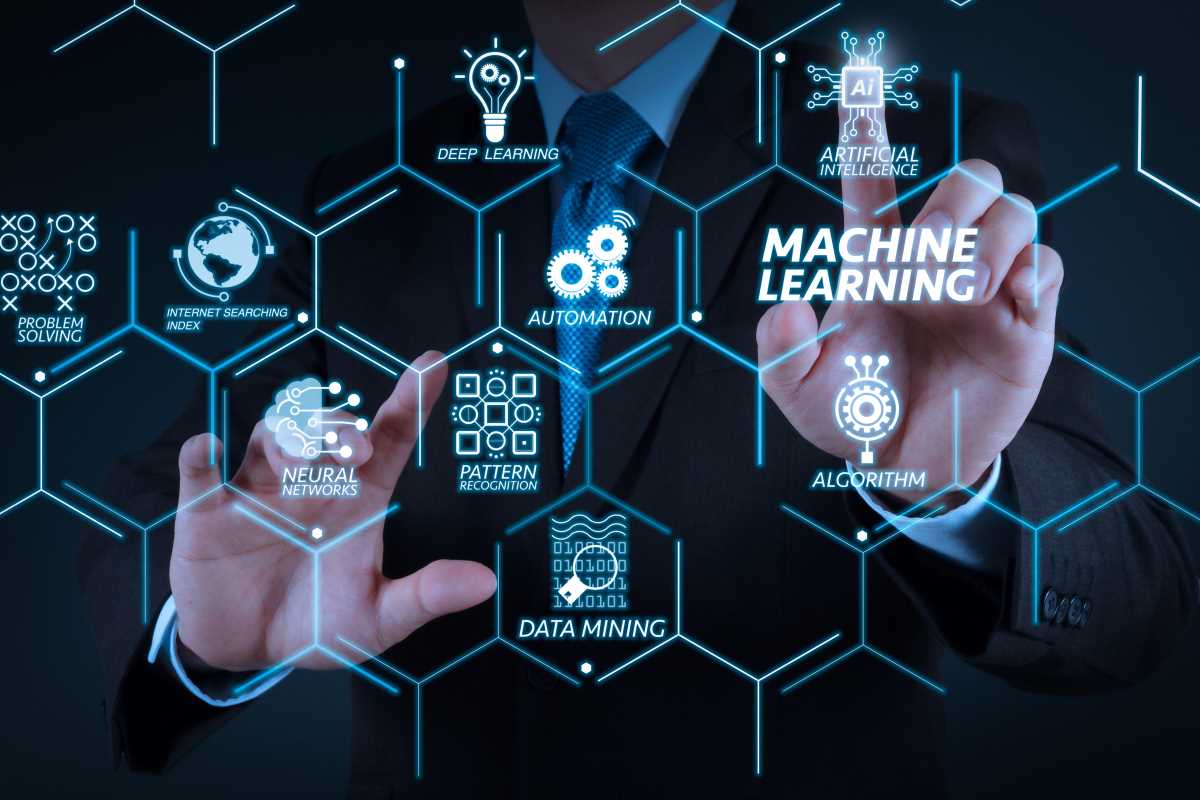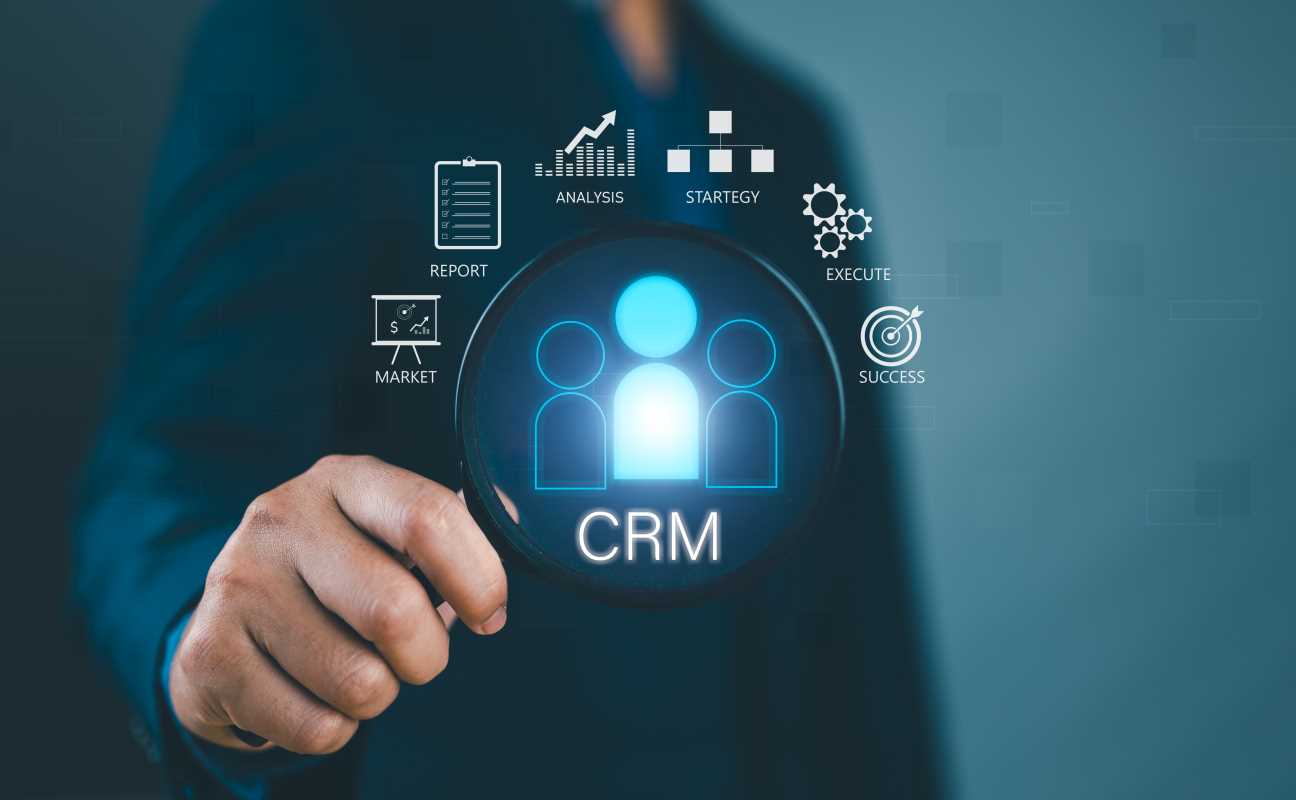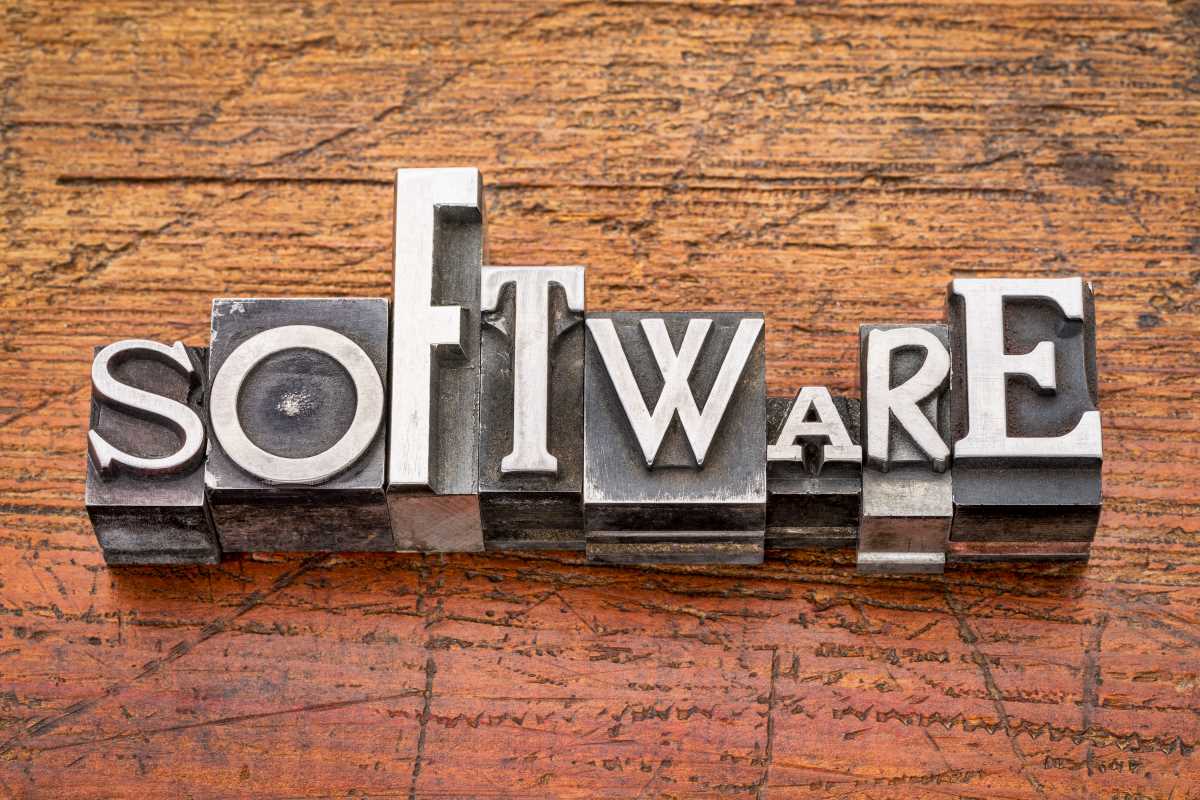Sending out a marketing campaign without proper targeting is like throwing a message in a bottle into the ocean. You hope the right person finds it, but you have no real control over where it goes or who reads it. For years, marketers relied on broad demographic data—like age and location—to define their audience, which was a slight improvement but still left a lot to chance. Today, that approach is being replaced by something far more precise and powerful: machine learning. This branch of artificial intelligence is revolutionizing campaign targeting by giving businesses the ability to analyze massive amounts of data, predict customer behavior, and deliver incredibly personalized messages at the perfect moment.
What is Machine Learning in Marketing?
At its core, machine learning is a type of artificial intelligence where computer systems learn and improve from data without being explicitly programmed. In marketing, this means feeding a system data about your customers—their purchase history, website browsing behavior, email engagement, and more. The machine learning model then "learns" to identify patterns within that data.
It can discover subtle connections that a human analyst might never find. For example, it might learn that customers who buy a specific type of coffee are also highly likely to purchase a certain brand of travel mug three weeks later. Once it identifies these patterns, the model can make predictions about future behavior. This predictive power is what makes machine learning so transformative for campaign targeting. It allows you to move from marketing to people who look like your customers to marketing to people who act like your best customers.
5 Machine Learning Tools for Smarter Targeting
Many modern marketing platforms have integrated machine learning capabilities. Here are five powerful tools and features that leverage this technology to help you create smarter, more effective campaigns.
1. Google Ads Smart Bidding
Google Ads is one of the most widely used advertising platforms, and its Smart Bidding features are a prime example of machine learning in action. In the past, marketers had to manually set bids for their keywords, guessing how much they should pay for a click. Smart Bidding automates this entire process using machine learning.
How it works: Smart Bidding analyzes dozens of signals in real-time for every single ad auction. These signals include the user's device, their location, the time of day, their language, and their past browsing behavior. It then uses this data to predict the likelihood of a conversion and adjusts your bid accordingly. For a user who seems very likely to convert, it might bid higher to ensure you win the ad placement. For a less promising user, it will bid lower or not at all.
Why it's smart: This "auction-time bidding" is something no human could ever do. The machine learning model customizes the bid for each unique user and search, optimizing your spend to achieve a specific goal, such as maximizing conversions or achieving a target cost-per-acquisition (CPA). By using a strategy like Target CPA, you tell Google's AI your desired cost per conversion, and it works to deliver as many conversions as possible at that price.
2. HubSpot's Predictive Lead Scoring
For businesses that rely on a sales team to close deals, not all leads are created equal. HubSpot’s CRM platform uses machine learning to automatically score and prioritize your leads, so your sales team can focus their energy on the prospects most likely to become customers.
How it works: The platform analyzes the data of your existing customers—those who have successfully made a purchase—to identify their common characteristics and behaviors. It then compares your new leads against this ideal customer profile. It looks at hundreds of data points, including demographic information provided in forms (like job title and company size) and behavioral data (like which website pages they viewed or how many emails they opened).
Why it's smart: Based on this analysis, HubSpot assigns each lead a score from 1 to 100, indicating their likelihood to close. This allows you to create a segment of "hot leads" (e.g., anyone with a score above 80) and target them with a specific campaign or pass them directly to your sales team. This ensures that high-potential leads receive immediate attention, dramatically increasing conversion rates.
3. Facebook's Lookalike Audiences
Facebook (now Meta) has a treasure trove of data about its users' interests and behaviors. Its Lookalike Audiences feature uses this data to help you find new customers who are remarkably similar to your existing ones.
How it works: You start by providing Facebook with a "source audience." This can be a list of your current customers, people who have visited your website, or users who have engaged with your Facebook page. Facebook's machine learning algorithm then analyzes the common traits of the people in your source audience—their interests, demographics, and online behaviors. It then scours Facebook's user base to find a new, larger group of people who "look like" your source audience.
Why it's smart: This tool allows you to expand your reach far beyond your current followers while maintaining a high degree of targeting accuracy. You are essentially cloning your best customers. You can even create Lookalike Audiences of varying sizes. A 1% Lookalike will be a smaller, more precise match, while a 10% Lookalike will provide broader reach with slightly less similarity. This lets you find the right balance between precision and scale for your campaign goals.
4. Klaviyo's Predictive Analytics
Klaviyo is an email marketing and automation platform built for e-commerce, and its predictive analytics features are designed to help you understand your customers on a deeper level and anticipate their next move.
How it works: By integrating deeply with your e-commerce store, Klaviyo's machine learning models analyze each customer's purchase history and browsing behavior. It then generates several key predictions for each person on your email list. These include "Predicted Customer Lifetime Value (CLV)," "Churn Risk" (the likelihood they will stop being a customer), and "Predicted Next Order Date."
Why it's smart: This predictive data allows for incredibly sophisticated targeting. You can create a segment of high-CLV customers and send them exclusive VIP offers. You can build a "win-back" campaign specifically for customers with a high churn risk, offering them a special discount to encourage them to stay. Or, you can send a reminder email to a customer right around their predicted next order date, a personalized nudge that feels timely and helpful.
5. Optimove's AI-Powered Journey Orchestration
Optimove is a relationship marketing hub that uses AI to map out personalized customer journeys for every single user. It moves beyond single campaigns to orchestrate a continuous, one-to-one conversation with each customer.
How it works: Optimove’s AI engine analyzes all customer data to identify hundreds of micro-segments. It then uses predictive models to determine the next best action for every individual customer at any given time. The platform might determine that one customer is best served with a push notification about a new product, while another should receive an email with a special offer, and a third should not be contacted at all to avoid marketing fatigue.
Why it's smart: This tool helps you see the big picture of the customer lifecycle. Instead of just blasting out a campaign, you are delivering a series of perfectly timed, relevant interactions that guide each customer along their unique path. This level of AI-driven personalization ensures that every message is impactful, which maximizes customer lifetime value and builds long-term loyalty.
 (Image via
(Image via





